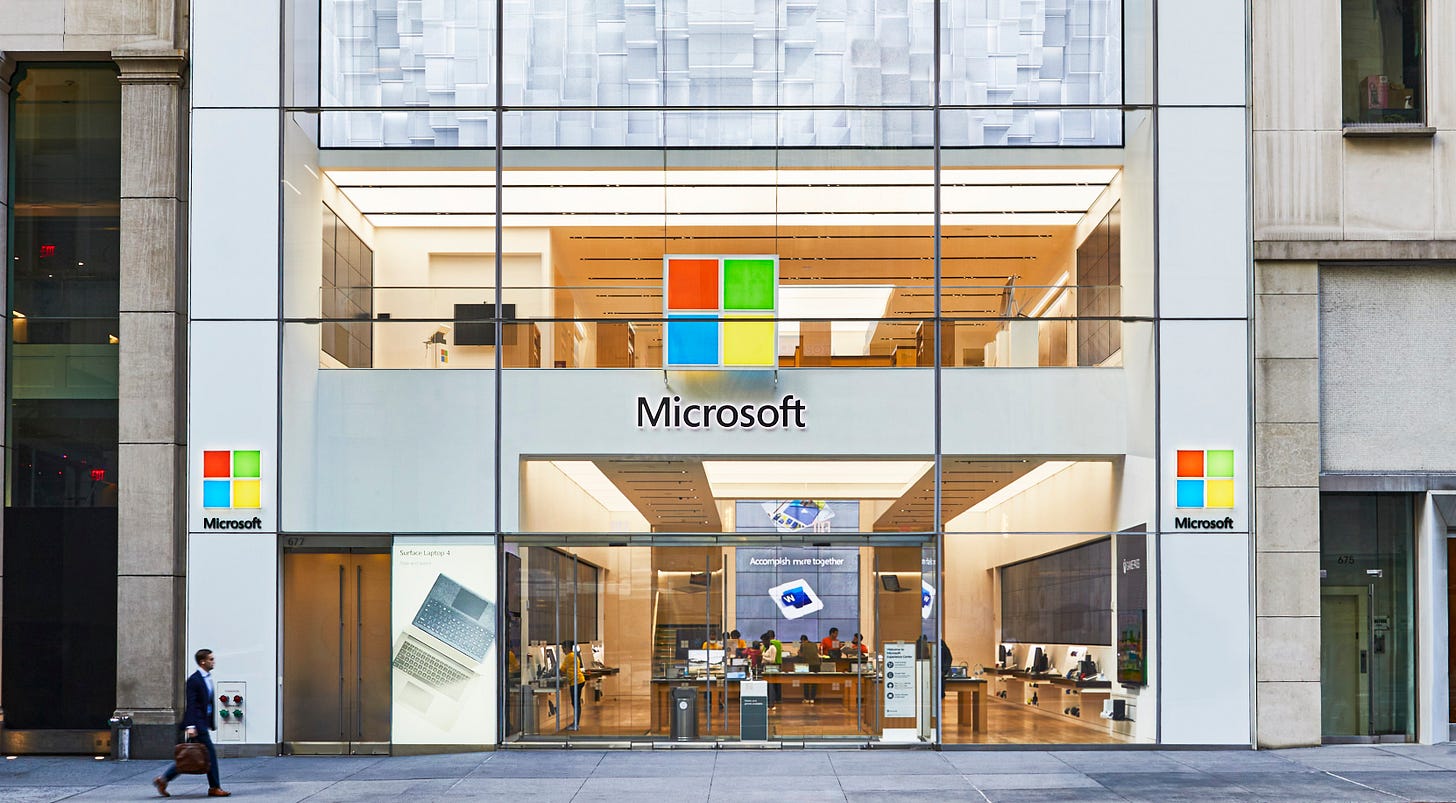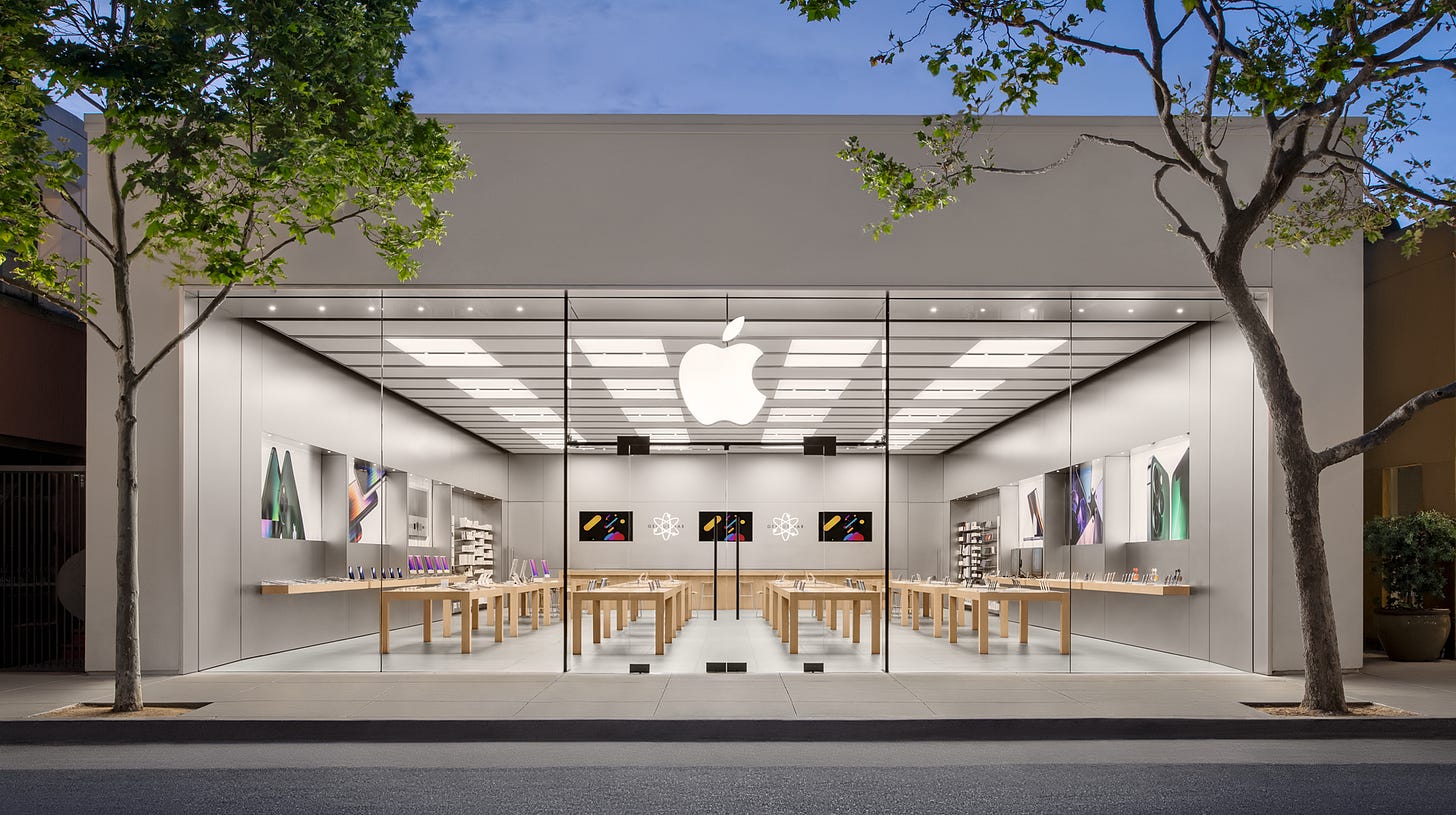If your brand comes before your category, you’re doing it wrong
How to combine the category and brand in a meaningful way for the customer, consumer, or user.
This is a 🏴☠️ Founding Members–Only 🏴☠️ post. Founding Members get access to our private AI Librarian, actionable insights, full audiobook library, access to 100+ mini-books, and more. See the Founders Deck here
Dear Friend, Subscriber, and Category Pirate,
This founder’s post is about shattering your branding beliefs.
It’s shocking how many MBAs, entrepreneurs, founders, and very smart investors prioritize the brand BEFORE the category. Our name. Our logo. Our team. Our “mission statement.”
Well, here’s a fact: Categories make brands—not the other way around.
Brand marketing is something we do to customers.
Category marketing is something we do for customers.
Let’s break down the difference.
Legendary Entrepreneurs And Innovators Don’t Design Brands
They design new categories for their breakthrough products and business models to live within.
No crowdfunding, no GoFundMe.
No electric vehicles, no Tesla.
No designer menswear, no Ralph Lauren.
Before you even think about branding, your company needs a category to market itself within.
This idea has become terribly misunderstood over the years, so let us clarify. as we shared in our mini-book The Big Brand Lie. You DO NOT want to market within an EXISTING market. Instead, you want to create a NEW and DIFFERENT category/market, which you now have free reign to market WITHIN.
And yet, many people put the brand before the category.
Ask any person on earth why Ralph Lauren was successful, and 99% of them will say the same thing:
“He built an incredible brand.”
But is that actually what caused his success? Or was the Ralph Lauren brand the result of his creating a DIFFERENT category? As we shared in our mini-book The Big Brand Lie, his success all started with his unique “wide” ties. He designed the first tie to break the mold of what a tie should look like for men—and the first tie that even remotely resembled having its own distinct style.
Ralph’s ties were different.
Our guess is that many people extol the value of “building a brand” as a path to success.
It’s as if sprinkling some kind of magic dust on your “brand” (changing the colors, the font, the logo design, etc.) is going to drive a breakthrough in growth. Or, even worse, “Let’s use big, all-encompassing, undifferentiated language to make ourselves appeal to everyone. Something like, ‘We are an authentic, purpose-driven brand.’”
We will live the rest of our lives wondering how branding is a solution to a lack of differentiation.
You will never overthrow the category leader by extending your brand into someone else’s category.
In 2009, one of the most well-known brands in the world, Microsoft, decided to take on Apple’s legendary in-store customer experience by launching The Microsoft Store.
By 2015, the company announced, “Today, more than 80 percent of Americans live within 20 miles of a Microsoft store, with more than 110 stores across the U.S., Puerto Rico and Canada.”
Look familiar?
Fast-forward to 2020, and Microsoft decided to shut the doors on the operation, “resulting in a pre-tax charge of approximately $450 million,” according to CNBC. That’s half a billion dollars spent trying to extend their brand into Apple’s category. “Microsoft even built a store on 5th Avenue in New York City, just blocks away from Apple’s iconic glass cube store.”
You can’t take your brand and stroll up into someone else’s category.





